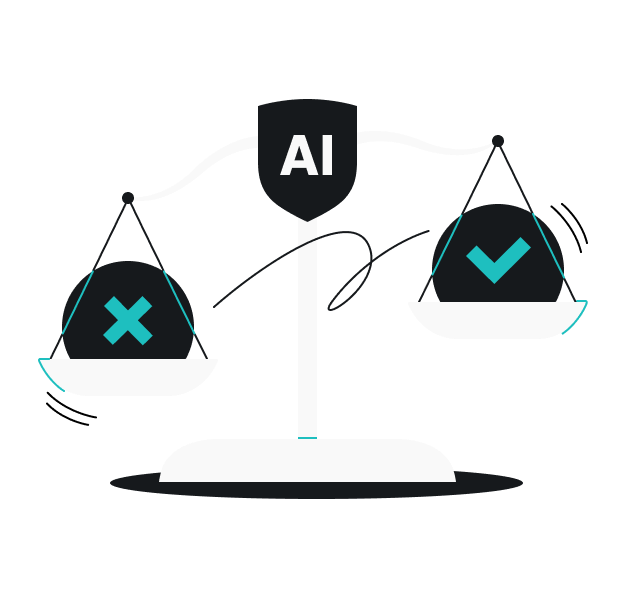Featuring: Vytautas Kaziukonis, CEO of Surfshark
With the rapid advancement of cyberthreats, experts predict that cybercrime will cost US companies $452 billion in 2024, a number that is set to grow rapidly in the next few years.
Ensuring strong cybersecurity measures is no longer just a recommendation — it’s essential for maintaining business operations. AI has now become an indispensable cybersecurity tool, with examples ranging from phishing detection tools to AI chatbots that can respond to cybersecurity inquiries.
By handling and streamlining repetitive tasks, AI frees human resources for more strategic security initiatives. Yet, AI in cybersecurity isn’t foolproof, so it’s essential to understand both the pros and cons.
Is AI paving the way to success — or a setback?
As AI continues to evolve, so does its role in cybersecurity. AI systems offer invaluable tools to protect against cyberthreats. However, organizations must navigate the complexities and challenges carefully.
Combating or crafting cyberthreats
One of the most significant advantages of AI in cybersecurity is its ability to predict threats and identify potential threats before they manifest. By analyzing data patterns and identifying anomalies, AI can alert about risks that might otherwise go unnoticed until it’s too late.
However, the same complexity that enables AI to predict threats can make it a useful tool for attackers. Hackers may be able to leverage AI to craft more sophisticated scams that can bypass traditional security measures (such as anti-spam filters for emails). Furthermore, hackers could deploy AI-driven social engineering tactics to create fake messages or requests that look personal and convincing. These messages can trick people into giving up sensitive information or access to secure systems.
Threat detection — a blessing and a curse
AI excels at providing immediate responses to security incidents. It can automate the processes, saving time and minimizing damage by isolating infected systems and blocking intrusive activities.
But this automated rapid response system can sometimes backfire. AI’s determination of what constitutes a threat might not always be accurate, leading to false positives that can disrupt business operations. Additionally, if threat actors understand the AI’s response pattern, they could potentially manipulate the system to trigger a desired reaction, turning the AI’s speed against itself.
A continuous (un)learning and (de)evolution
AI systems are designed to learn and evolve, which means they become more effective as they process more data. This ability to continuously learn from interactions and new threats makes them increasingly adept at recognizing and responding to the ever-changing landscape of cyber risks.
Paradoxically, this strength could be exploited. If threat actors manage to feed AI systems manipulated data (known as “data poisoning”), they could skew the AI’s learning process, leading to inaccurate models that fail to detect actual threats or, worse, consider malicious activities as safe.
Can tech outsmart deception?
While AI brings a wealth of benefits to cybersecurity, each advantage comes with its own set of challenges. These issues underscore the need for a careful and strategic approach to AI integration in the cyber realm, ensuring that these powerful tools enhance security rather than inadvertently undermine it.
As AI technology advances, online threats evolve accordingly and become harder to detect. Food for thought: will we maintain an upper hand in this high-stakes technological arms race, or will we overuse AI to the point where we can’t recognize what’s normal and what’s a threat?
This article originally appeared on Forbes.


